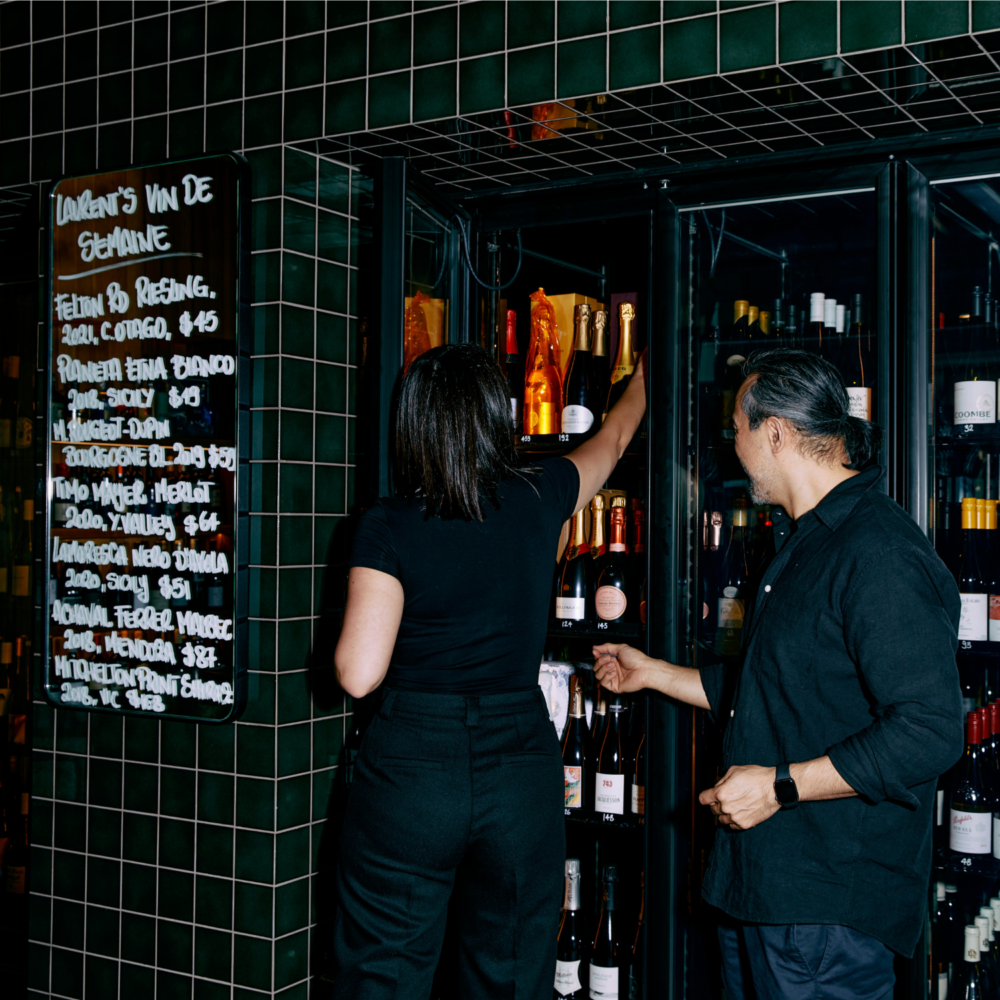Mon to Fri 4pm – 10pm, Sat and Sun 12pm – 10pm
Choose a place at the communal table if you’re feeling expansive, or retreat to a smaller dining table and indulge in that special flavour of intimate conversation that only happens when the environment is right: with superb wine, exquisite cheese, and even better company.
From aperitivo to afters, our food leans into bold, continental flavours. Simple, satisfying, and best enjoyed with good company and better wine.
Bring the atmosphere of Little Prince Wine home.


